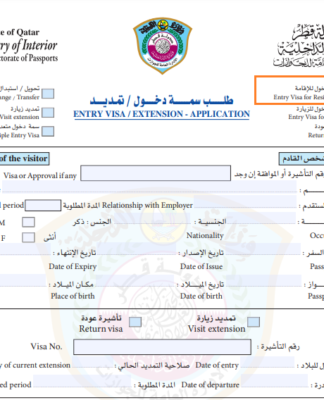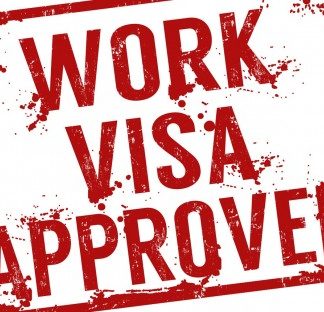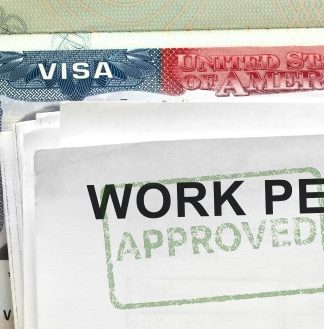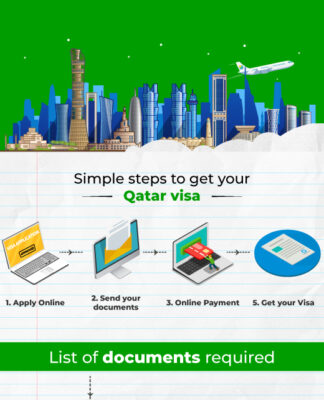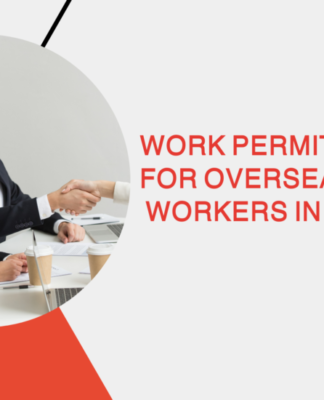WORK: IN PROGRESS | HOW WE WORK
Will the hybrid office ever feel like home?
Share using Email
Share on Twitter
Share on Facebook
Share on Linkedin
(Image Credit: Getty Images)
By Alex Christian
5th April 2023
Employees may never have a desk that feels like ‘theirs’ again, but the trade-off might mean an agile office that works for everyone.
B
Before the pandemic and widespread rise of virtual work settings, employees often made their desks a second home: a sweater slung over the back of a chair, a favourite mug by the keyboard, a pile of books stacked behind the monitor.
Psychological research shows why some workers may feel a need to personalise their workspaces – primarily, it increases the significance that place holds for them.
“Research has shown that the more an employee’s ‘place identity’ increases, the more they become attached to the company,” explains Sunkee Lee, assistant professor of organisational theory and strategy at Carnegie Mellon University’s Tepper School of Business, in Pittsburgh, US. “They feel the office is more personalised and, therefore, that it feels more like their own space. That leads to more satisfaction and, overall, more productivity.”
By making their desks theirs, workers created a sense of familiarity, which was reinforced by a neighbourhood of familiar faces around them: colleagues who also had permanent seating arrangements.
However, the pandemic era hybrid workplace has put an end to the full-time, 9-to-5 office setting for many employees. Amid the rise of hot desking, workers with flexible schedules often have to share workstations – and take their personal items home at the end of the day.
Given that evidence points to employees benefiting from having personalised work environments, some workers and business leaders alike worry that hybrid offices risk becoming impersonal, sterile and disorientating – not a place many employees want to be. In response, forward-thinking employers and architects are reconfiguring workplaces to best benefit how people work in agile settings.
New places and faces
The practice of workers decorating their workspaces was an ingrained part of office culture for years – thought to reveal personality. “It’s human nature to personalise the space around you,” says Lee. “In the workplace, this could be photographs, diplomas, ornaments: subtle cues to show the kind of person you are, your hobbies and interests.”
Workers and business leaders alike worry that hybrid offices risk becoming impersonal, sterile and disorientating (Credit: Getty Images)
Workers and business leaders alike worry that hybrid offices risk becoming impersonal, sterile and disorientating (Credit: Getty Images)
Indeed, some research shows familiarity breeds routine, which stabilizes workflow and leads to increased creativity. There is even research that family photos on desks can keep employees subconsciously more honest. Lee says personalisation also enables self-expression and conversation starters between colleagues, helping to boost employee motivation. “Having your own distinctive identity and personality in the workplace means being able to express yourself, that you feel acknowledged.”
But as many workers no longer have an assigned space of their own, they may have to work with unfamiliar people in unfamiliar locations. “If you had a good relationship with colleagues previously, you might miss those types of interactions,” says Lee. “It can have a negative effect, with fewer opportunities to talk, complain and celebrate achievements together.”
The risk is employees have to make do with impermanent, transient environments whenever they venture into the office, which can breed stress, anxiety and exhaustion. “I’ve heard of people going and troubling to find a seat to work, let alone a familiar one,” says Lee. “It’s comparable to walking into a library to study: you may get work done, but it’s an impersonal space that will never feel like yours.”
Rethinking personalisation
Experts say in this new world of work, the answer to making the office feel less sterile isn’t necessarily bringing back seating plans and family portraits. Employers are aware of the jarring changes; in response, many are bringing in design experts to recalibrate the workplace’s function, and consider what a worker-friendly space actually means in the hybrid age.
“It’s still important to give people a sense of belonging in a physical space,” says Chris Crawford, studio director at design and architecture firm Gensler, in London. “They still need a home base to anchor themselves. Although that’s still often a desk, the aim is to get people out of the mindset that a one-metre by one-and-a-half-metre piece of office furniture is where they belong.”
Crawford says architectural features now prompt workers to think of their entire floor as their own physical environment: interactive elements encourage employees to move around; open staircases connect disparate workspaces; lockers mean personal items can be stored for safekeeping, rather than kept on a desk.
In the new hybrid workplace the entire office will have a curated, holistic employee experience of its own (Credit: Getty Images)
In the new hybrid workplace the entire office will have a curated, holistic employee experience of its own (Credit: Getty Images)
Design cues also help create bespoke spaces for different work functions, says Crawford. “Architectural nudges can mean you’re able to walk into a room and immediately feel a change in atmosphere: from warmer lighting and softer acoustics for deep focus areas, to open spaces and certain types of furniture and layouts that intuitively feel collaborative.”
Some research shows it’s important that employers take these elements into consideration as they augment spaces, especially as priorities have changed for some workers. According to an August 2022 study of 2,000 US workers by Gensler, employees feel workplaces now need to allow for individual and virtual work, alongside social, learning and in-person collaboration.
Co-working spaces that offer mixed-use, dynamic spaces are also integrating these trends. Ebbie Wisecarver, global head of design at WeWork, based in New York, says employees are now seeking a deeper connection with the hybrid workplace, “in the way that the office functions and reflects their personal work needs”.
As a result, some companies are consulting workers on what their next offices will look like. “We have co-creation sessions that allow cross-sections of the business to have their say on their space,” says Crawford. “The design process itself is being democratised.”
Crawford says that the traditional, banks-of-desks open-plan office setting has had its day. The aim, in the new hybrid workplace, is that personalisation no longer means a worker embellishing a homogenised perpendicular workstation; instead, the entire office will have a curated, holistic employee experience of its own.
“It goes much further than a desk,” he adds. “It’s about enabling people to choose their own workday, through spaces that offer variety, choice and differentiation so they intrinsically feel ‘this place works for me’.”





















